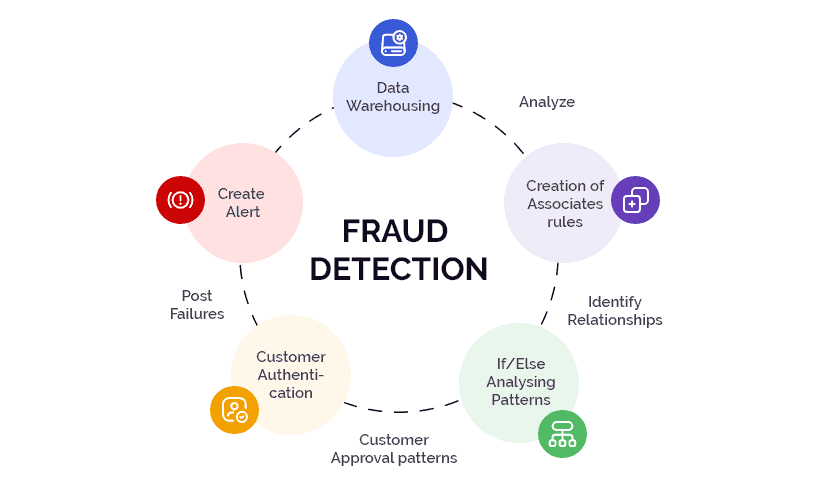
As technology continues to advance at a rapid pace, so do the methods of fraudulent activities. Fraud has become a significant concern for businesses and consumers alike, costing billions of dollars each year. In response to this growing threat, artificial intelligence (AI) has emerged as a powerful tool in detecting and preventing fraudulent activities. The role of AI in fraud detection is becoming increasingly crucial, as it offers innovative solutions and advancements in safeguarding against fraud.
One of the key advantages of AI in fraud detection is its ability to analyze vast amounts of data in real-time. Traditional methods of fraud detection often rely on manual review processes or rule-based systems, which can be time-consuming and prone to human error. AI, on the other hand, leverages machine learning algorithms to quickly sift through large datasets, identify patterns, and detect anomalies that may indicate fraudulent activity. By processing data at a speed and scale that is impossible for human analysts to replicate, AI can help organizations prevent fraud before it causes significant damage.
AI-powered fraud detection systems are also constantly learning and adapting to new threats. Machine learning algorithms can be trained on historical data to recognize patterns of fraudulent behavior and develop models that can predict and prevent future instances of fraud. This ability to evolve and improve over time makes AI an invaluable tool in staying ahead of fraudsters who are constantly adapting their tactics to circumvent traditional security measures.
Furthermore, AI can help reduce false positives in fraud detection. Traditional fraud detection systems often generate a high number of false alerts, which can overwhelm human analysts and lead to missed fraudulent activities. AI algorithms, on the other hand, can be fine-tuned to minimize false positives by taking into account a wider range of factors and variables in their decision-making process. This not only helps organizations focus their resources on legitimate threats but also improves the overall efficiency and accuracy of fraud detection efforts.
Innovations in AI technology are also enabling more sophisticated and proactive methods of fraud detection. For example, advanced AI algorithms can analyze not just individual transactions, but also the context in which they occur and the behavior patterns of users over time. By creating a comprehensive profile of each user and their interactions with the system, AI can identify subtle changes in behavior that may indicate potential fraud. This holistic approach to fraud detection allows organizations to stay one step ahead of fraudsters and detect suspicious activity before it escalates into a full-blown fraud scheme.
Another area where AI is making significant strides in fraud detection is through the use of advanced authentication methods. Traditional authentication methods such as passwords and security questions are easily compromised by fraudsters, leading to unauthorized access to sensitive data and accounts. AI-powered authentication systems, on the other hand, can leverage biometric data, behavioral analysis, and other advanced techniques to verify the identity of users in a more secure and reliable manner. By adding an extra layer of security through AI-driven authentication, organizations can significantly reduce the risk of fraudulent activities.
Overall, the role of AI in fraud detection is rapidly evolving and reshaping the landscape of cybersecurity. By harnessing the power of machine learning, data analytics, and advanced authentication techniques, organizations can bolster their defenses against fraud and protect their assets and customers from malicious actors. As AI continues to advance and innovate, it is poised to play an increasingly vital role in safeguarding against fraud in an increasingly digital and interconnected world.
